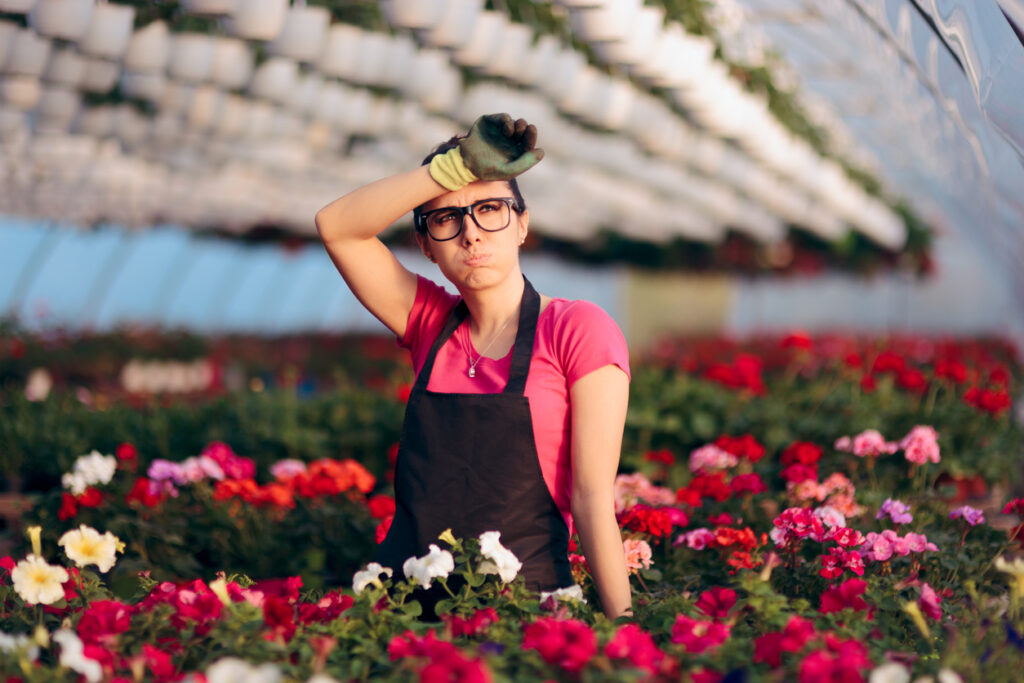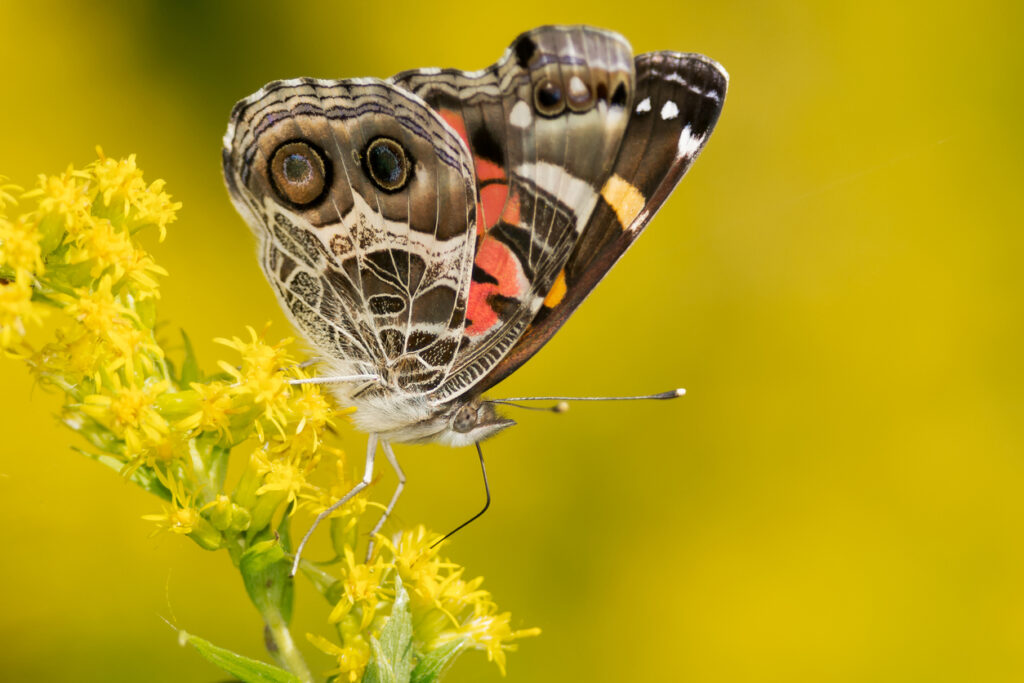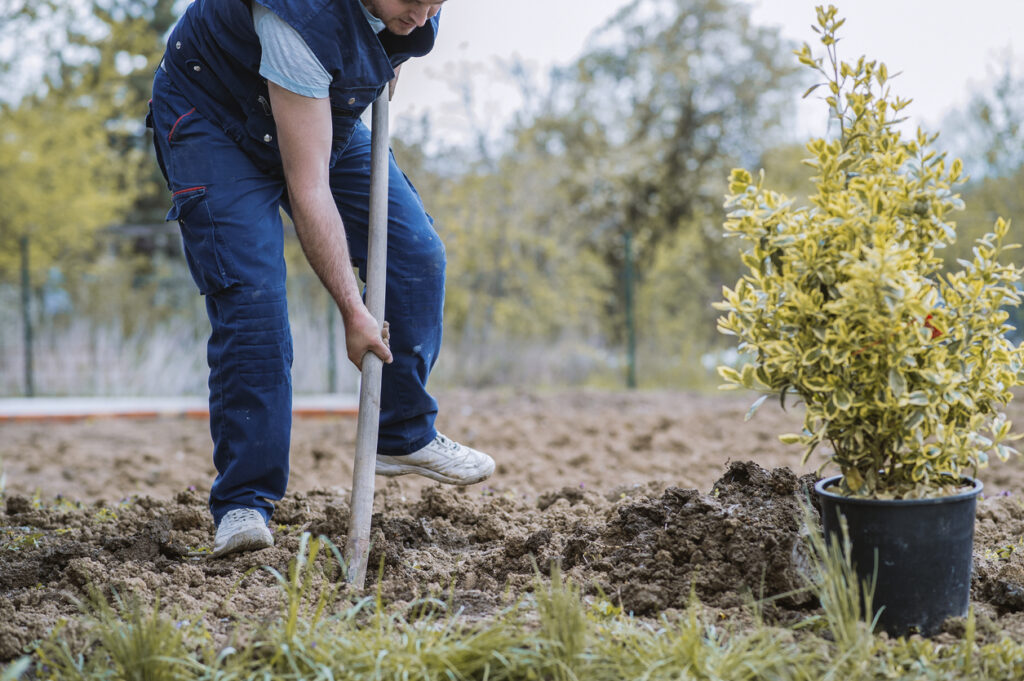Most gardeners are inclined to plant their gardens in the spring. The practice has been passed down through generations in families and is also encouraged by some gardening experts and seedling suppliers. However, spring is not necessarily the best time for planting plants that will withstand harsh weather and serve ecological needs. Fall is a much better season to plant new flowers, shrubs, and perennials because the weather is mild and the soil is moist but not soggy.

The Problem with Spring Planting
Some experts believe that spring gardening impedes rather than enhances the creation of a verdant garden or landscape. For one, some plants, especially exotic plants, cannot withstand the hot, dry, and windy summer weather. The extreme conditions make it hard for most plants to establish strong roots. In contrast, trees and shrubs planted in the fall find it easier to establish themselves in the winter.
Spring planting also imposes a heavy toll on the gardeners because they must ensure the young plants have sufficient water supply during the hot summer months. In contrast, shrubs planted in the fall have minimal maintenance requirements due to the moderate heat and ample precipitation in the winter. By the time summer comes, the plants are already established and may not need watering.

How to Plan Your Fall Planting
Fall planting should start in late September and continue through early October. Start with perennials such as grasses and trees like pine and spruce because they need more time to establish roots and rhizomes. Plant bulbs and shrubs towards the end of September when the ground is cool enough for them to thrive. If you do it right, the plants will only need a month of watering to be established.
Avoid cutting back and cleaning up the garden during the fall and spring. Instead, chop the excess vegetation into small pieces of around six inches and leave them on the ground as mulch. This ensures that some seeds will self-propagate or serve as food for birds and other animals foraging in the garden.
The leaf litter also provides a warm and fertile habitat for arthropods during the winter. This practice saves you the need to add compost or mulch during the hot months. Leaving the duff layer on the ground attracts several birds, small mammals, and insects to your garden and boosts the local ecology. It also sets up your garden as a biodiversity spectacle.
While it is desirable to leave the leaves on the ground, sometimes you might need to remove some if they are slow to break down or smothering small plants. The best practice is to thin the leave cover spreading them around and composting some of them.
Intervene in cases where there are pests or diseases that can spread to other plants. Remove the affected layers and replace them with mulch or leaves from other parts of the garden.

The Benefits of Fall Planting
Fall planting saves watering time and labor costs. Since the plants will already be established in the summer, you can weed during the free time. This saves you on labor costs that would have gone to hose duty and allows you to weed on time. Instead of planting in May and June, you can spend the time plucking out the weeds while they are still young. You can even use a hoe instead of pulling weeds, which is labor-intensive.
Autumn planting also has ecological benefits. Depending on the region, you can plan your planting to coincide with the time beneficial insects hatch. For instance, in the northern regions, American lady butterflies depend on pussytoes and pearly everlasting shrubs for food during the larvae stage. The butterflies lay eggs in the autumn, meaning that they will not harm shrubs planted in the fall. By the time next spring comes, the plants will be large enough to withstand the heavy foraging by caterpillars.
The short days and low temperatures in the late fall stimulate plants to start shutting down in anticipation of the winter. Plants commit most energy to root development instead of producing lush foliage and flowering the way they do in late spring. Since the soil cools at a slower rate than the air, it will still be warm with summer heat in early fall, providing a perfect environment for plants to grow strong roots.
All The Dirt On Fall Planting vs. Spring Planting
The pleasant fall weather makes it enjoyable to work outdoors, meaning that you will be more motivated to plant your garden, and it is easier to find a helping hand. The mild weather is also ideal for young plants as the less intense sun, and moderate rainfall helps them establish without undue stress.
Fall planting also helps spring flowering plants such as daffodils, tulips, and hyacinth. They use the chilly winter months to establish roots and bloom by early spring, making your garden stand out while others are busy planting.
Have additional questions about fall planting and gardening? Contact your local Mendham Garden Center for advice and supplies!

